
 The Bahrain Bay skyline ... making headway.
The Bahrain Bay skyline ... making headway.
A COMMITMENT by the government to meet pressing social housing issues and infrastructure needs is providing a vital shot in the arm for the construction sector, which has been reeling under the political unrest that has stymied progress in Bahrain over the past two years.
Supported by a crucial $10-billion GCC Fund – pledged towards Bahrain and Oman by the GCC countries – Bahrain is spearheading a drive to drastically reduce the growing number of housing applications on the waiting list, which has already crossed 50,000. The nation has turned to the private sector and also introduced an innovative social housing scheme last October towards this end.
Residential projects, and particularly social housing, are the buzz words and as was apparent at the Gulf Property exhibition, the first exhibition of its kind in Bahrain that made its debut last May and the Housing Exhibition in November, the industry is gearing itself to meet the demand and there is perceptible buyer and developer interest in the market.
The kingdom is now bouncing back with national stability and improving economic conditions continuing to underpin growth and fuel resilience in the residential and industrial property markets.
Analysts have projected the country’s gross domestic product (GDP) for 2014 growth rate at 3.7 per cent, slightly down from 2013’s figure of 3.9 per cent. The economy is still heavily reliant on oil revenues, though major efforts have been made to promote industrial diversification through vehicles such as the Salman Industrial City, with its three industrial parks.
According to research conducted by international real estate consultancy Cluttons, the government’s wide-ranging infrastructure investments are leading to increased job creation, which is expected to underpin future economic growth, and has already led to a rise in confidence levels amongst builders.
Cluttons’ Winter 2013 Property Market Update report highlights areas such as Seef, in particular, that has seen work resume on a small but growing number of previously stalled residential schemes.
Freehold projects such as The Breeze and The Breaker are projected to deliver 154 units to the market by the end of 2014, although Marina West on Bahrain's north coast remains on hold.
Social Housing
Bahrain’s housing sector is under pressure to deliver as demand for social housing has reached a new high. Hundreds of new applications are being added every year to a waiting list has already crossed more than 50,000. In a five-year pilot housing plan to reduce waiting lists, the government in 2013 allocated a $2-billion budget in a new social housing finance scheme in agreement with the private sector. The project, launched last October, gives eligible applicants the option to move off the housing waiting list and buy a house either off-plan from an approved list of private developers, including Eskan Properties, Naseej, Manara Developments, Diyar Homes and Al Saraya Properties, or ready-made from the developer of their choice.
This apart, the government allocated BD300 million ($795 million) last year for housing projects in the North Bahrain New Town, Hidd and Sitra, which are expected to be funded from government coffers and by the $10-billion GCC Fund.
 |
An artist’s impression a planned housing project by Naseej at Al Buhair. |
Among projects under way is the first phase of a social housing project consisting of 4,500 houses in Hidd. To be built over three phases across 270 hectares, Phase One will see the construction of 1,500 houses. A total of 1,000 houses will be built in Phase Two and another 1,500 in Phase Three. In addition, 500 housing units and an equal number of plots have been distributed to citizens residing in Hidd, as part of the first stage of the multi-phase project.
A further 25,000 to 30,000 homes are to be built over a massive area being reclaimed at East Hidd.
North Town is expected to take six to seven years to complete and will eventually comprise a total of 70,000 homes. In addition, 6,000 homes will be East Sitra.
In a bid to drastically cut the waiting list, the government has joined hands with the private sector to construct homes and fund projects. For instance, Bahrain secured $450 million (BD169.7 million) of funding from Ithmaar Bank to press ahead with a delayed housing project as the kingdom’s first public-private partnership (PPP) housing venture along with Naseej. The project developer is now building more than 2,800 social and affordable housing units at North Town and Al Luwzi under the initiative. The first phase is expected to be delivered by June 2016, and the rest by 2017. More than 2,400 units will be social housing for the Housing Ministry, while the remaining will be apartments and villas to be sold in the open market.
Residential & Commercial
Although understandably the real estate sector has been rather depressed with the ongoing unrest putting a damper on activity, some of the key projects taking shape in Bahrain have demonstrated their determination to move ahead.
Some of the third-party developments at Bahrain Bay, for instance, have been rising slowly but surely on the horizon, providing onlookers with an insight into some of the stunning edifices that will enhance the capital city’s skyline. The project has attracted yet another investor, namely Nama International Real Estate, a subsidiary of Kooheji Global Holding, which intends to build a $300-million mixed-use project within the landmark development. The KGH Towers project will consist of two phases, where Phase One will consist of a four-star hotel with around 175 keys, 120 luxury serviced apartments, higher-end commercial office space and retail zone and multi-storey car-parking lot. Phase Two will consist of a five-star hotel comprising around 240 rooms (See page 73).
Another landmark development Diyar Al Muharraq launched its latest residential community early last year – the second within this massive mixed-use residential urban development taking shape off the northern coast of Muharraq. Other features of the development include a Chinese-themed retail shopping mall, Dragon City; Shaikh Isa Bin Salman Al Khalifa Mosque; Diyar Town Centre; Seefiya Beachfront District; Gamrah; The International School; and the Floating City.
Meanwhile, infrastructure works are currently under way on another mixed-use project on a man-made island off the coast of Muharraq under a two-year contract awarded last May. The infrastructure package for the first phase of the $1.6-billion Dilmunia Island is being undertaken by Cebarco and includes the construction of the 125-hectare island’s highways and roads, a distributor bridge across Dilmunia’s Grand Canal, landscaping and power, water, sewerage and drainage, and telecommunication networks. The developer is Ithmaar Development Company (IDC).
The first phase of Dilmunia’s infrastructure will enable the completion of various sub-developments within the same timeframe, meaning that end-users can be handed the keys to their units by mid-2015.
Apart from reclaimed areas off Muharraq, the new areas of Juffair and Seef are key pockets that are seeing the mushrooming of commercial and residential buildings. For instance, Bin Faqeeh Real Estate Investment Company is developing several projects in Seef District including Business Bay, a 23-storey commercial tower due for handover in April; The Breaker, a luxury 35-storey residential tower due for delivery in December; Sky Villa, consisting of residential apartments, which is expected to be completed at the end of December 2015 and The Grand, a major leisure and entertainment complex expected to be handed over at the end of September 2016. The developer is also due to deliver the Dar Al Salam Port, a luxury residential project on Reef Island in Manama, in the first quarter of 2014.
Meanwhile, construction work at Marina Reef, another project on Reef Island, is 80 per cent complete, according to its developer.
Finishing works including exterior wall finishes and painting, internal painting, landscaping, chilled water piping works, and drainage services are well in progress with a workforce of 300 on site. All mechanical works including elevators installation, testing and commissioning works are complete.
Marina Reef, which is expected to be completed in March, is 100 per cent owned by Ebrahim Abdulaal Group. Abdul Aal Construction Services is the main contractor and Syroconsultants the consultant and designer.
Other developers that are spearheading real estate projects in Bahrain include the Kuwait-based Al Zamil International Real Estate Company, which has launched work on its BD13-million ($34 million) project called Durrat Al Areen, part of the Al Areen development in Bahrain. The 128 super-deluxe villas project is due for completion in 2015.
Airport
Bids will be soon invited from construction companies seeking to win the contract for a multi-million-dollar expansion of Bahrain International Airport that aims to increase its capacity up to 13.5 million passengers a year from the current nine million.
In line with Bahrain Airport Company’s goals to obtain Leed (Leadership in Energy and Environmental Design) upon completion of the project, prequalification bids were invited last October from consultancies with a record in sustainability design and Leed certification.
The expansion, which would see around 40,000 sq m added to the terminal, will feature around five additional contact gates, nine remote gates, 40 new check-in counters and a large transfer facility. It will increase the total built-up area of the existing terminal building and improve its service level to B.
Bahrain Airport Company plans to expand the arrivals, departures and transfer areas including transfers/transit area; arrivals passport control; departure immigration passport control and passenger security control, arrival baggage claim hall; and build additional economy check-in counters; dedicated first and business class check-in with supporting immigration and security; additional departure retail facilities; dedicated departure holding gate; departure gates with dedicated holding lounges; a transit hotel (a 30-room airside hotel with facilities); VIP lounges; airlines lounges; BAC administration facilities; and additional car park facilities.
Bahrain is also reported to be mulling the construction of a new airport. Two locations near Fasht Aljarem and north of Diyar Al Muharraq have been reserved as potential sites for the new facility.
Roads & rail
Among the most prominent road projects on the Ministry of Works’ drawing boards is a new ring road that aims to tackle the traffic gridlock faced in Bahrain’s capital Manama by creating a non-stop loop freeway.
The government has already approved preliminary designs for the project, with detailed designs now slated for completion by early 2015, says a Works Ministry official.
The ring road, targeted for completion before 2030, will be created section by section, with the ongoing Mina Salman interchange project expected to be a major component of the ring road. It will run north from Mina Salman to the Diplomatic Area and west past the Bahrain Financial Harbour to the Al Farooq Junction before taking traffic back to Mina Salman.
Another vital project that has been groaning under severe traffic congestion is the King Fahd Causeway. Bahrain and Saudi Arabia are drawing up plans to ease the situation by initiating two key projects – a railway bridge and a pair of artificial islands.
Five firms have been entrusted with the task of studying the feasibility of the railway bridge project parallel to the causeway which will be linked to internal networks in both the countries and then connected to the proposed Bahrain-Qatar causeway, says Bahrain’s Minister of Transport Kamal bin Ahmed.
The rail project study is part of the 2,177-km GCC rail link, which will run from Kuwait to Dammam, Saudi Arabia, to Bahrain via the causeway, and from there to Qatar across the proposed Bahrain-Qatar causeway. The study to link Bahrain and Saudi Arabia to the $200-billion GCC railway project is expected to be completed by the first quarter of 2014.
Bin Ahmed says that preliminary studies put the project cost at about $10 billion and that GCC leaders have projected the year 2018 as the completion date.
Tourism & hotels
In a bid to attract Gulf family tourists to the country, the tourism department at Bahrain’s Ministry of Culture intends to increase the number of hotel rooms from 10,000 to 12,000 by 2015. Investment in the five-star hotel industry has exceeded SR2.5 billion ($666 million) over the past two years. Some seven beachfront hotels are reported to be under construction.
A number of leading hotel chains are poised to enter the Bahrain market. Bahrain Bay, itself, will boast five four and five-star hotels – the Four Seasons; the Wyndham Hotel, which will be accommodated in a spiral glass-clad building, and the JW Marriott, as well as one four-star and one five-star project, which are yet to be named.
In addition, Hilton Worldwide has signed a management agreement with Tashyeed Properties Company to open the new DoubleTree Suites by Hilton Bahrain in Juffair in late 2015. The 350-room property is part of a mixed-used development with offerings ranging from studio apartments to premium three-bedroom accommodations. The hotel, which is expected to appeal to the long-stay corporate and leisure guest, will also boast meetings facilities.
Another hotel now rising in central Manama is the Banader Rotana Hotel, which had suffered serious delays. Banader Hotels has recently signed a project financing deal with Kuwait Finance House (KFH) – Bahrain, to enable the completion of the property. The project will comprise a 28-storey five-star hotel and furnished apartments consisting of 251 rooms which include 46 deluxe rooms and 24 private suites.
Meanwhile, the Hawar Islands has been earmarked for development in a bid to create an eco-tourism destination ideal for incentives and corporate retreats.
Other Projects:
• Work will begin soon on a BD20-million ($51.6 million) project to build a major 93,000-sq-m theme park in Muharraq, following two years of delays. The project, which will take shape at Muharraq Grand Garden near Bahrain International Airport, will include Bahrain’s first full-size ice arena and indoor ski slope, as well as a three-storey shopping centre, business centre and multi-purpose convention and exhibition centre. Additionally, it will have an indoor sports arena, outdoor pitches, aquatic museum, karting track, mosque and a home for the elderly and is expected to be ready in around two-and-a-half years.
 |
|
Diyyar Al Muharraq ... massive mixed-use project. |
• A world-class hospital dedicated to cardiac care will be built on an area covering 45,000 sq m in Awali. Work on the 140-bed Mohammed bin Khalifa Cardiac Hospital is scheduled to start soon and is expected to be completed by March 2016. The medical complex will include four cardiac catheter theatres, two theatres for major heart surgeries and one common theatre for cardiac catheterisation and other operations.
• Bahrain is working on a number of strategic projects in the sanitary services sector. Topping the list is the Muharraq sewage treatment plant (STP) project. This is in addition to the expansion of Tubli STP to a daily capacity of 400,000 cu m. A number of plants such as the Sitra STP and Al Maameer Industrial Plant and others have already been constructed. These and other future sanitary projects including a number of STPs, networks, and operation and maintenance of facilities from 2010 until 2030, will cost BD1.5 billion ($4 billion). These projects will see the number of people connected to sanitary services increase from the current 95 per cent to 100 per cent by 2020.



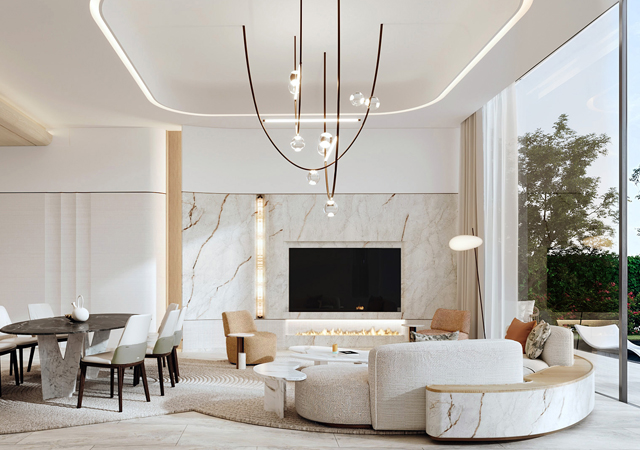
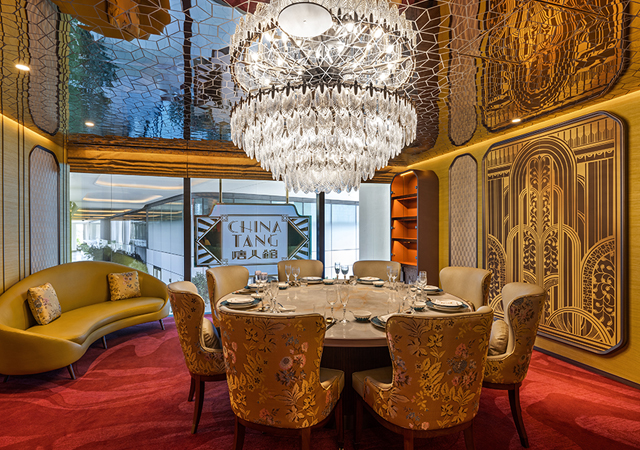
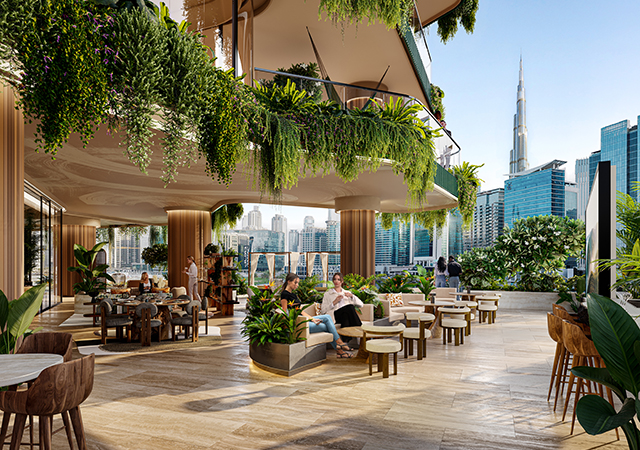
.jpg)
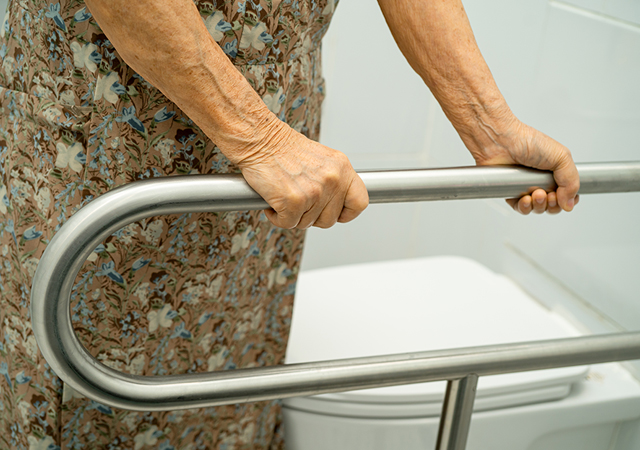



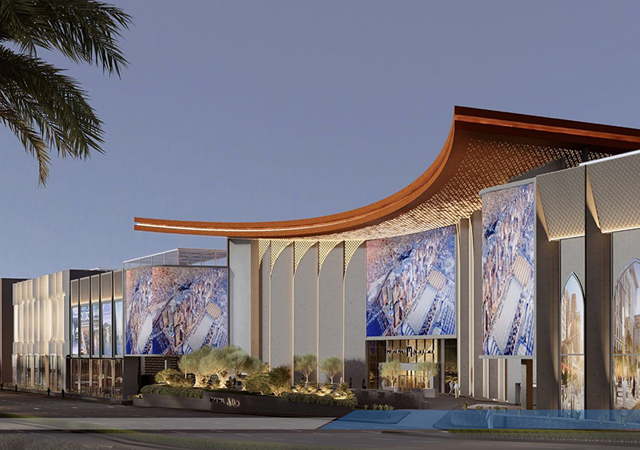
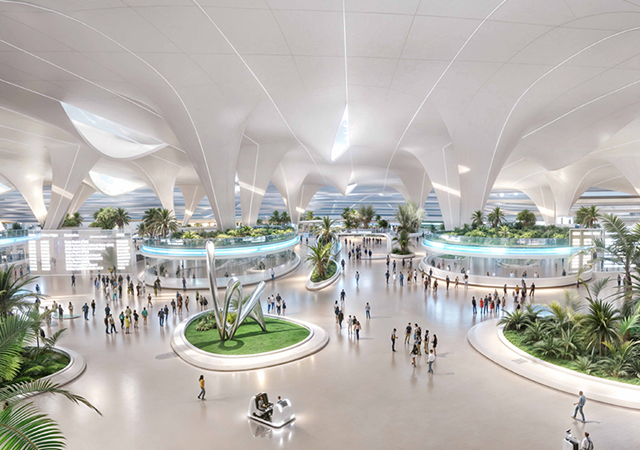
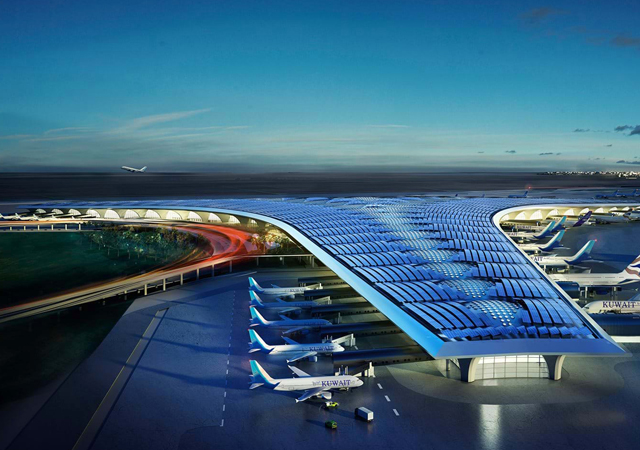
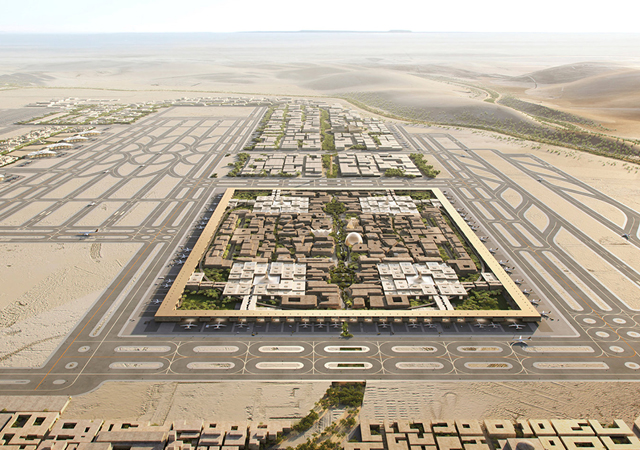
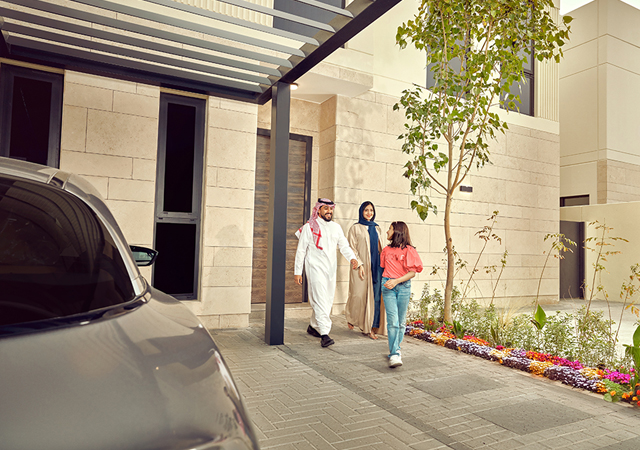
.jpg)
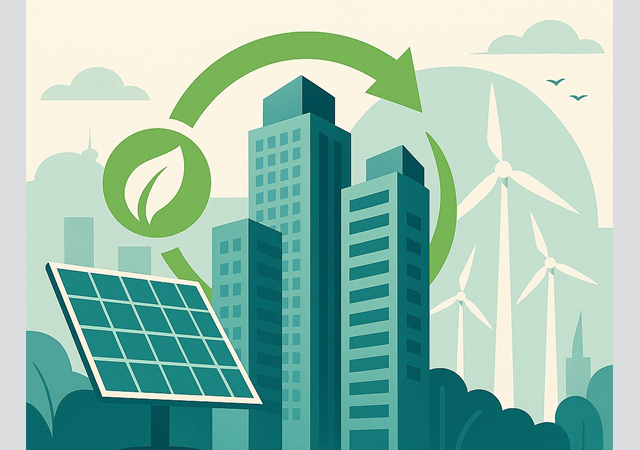
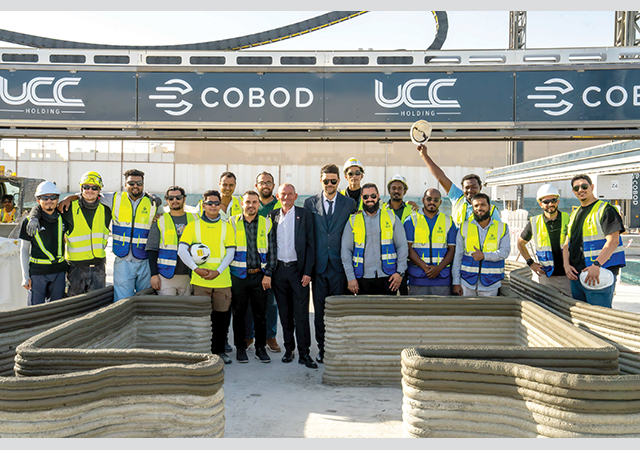
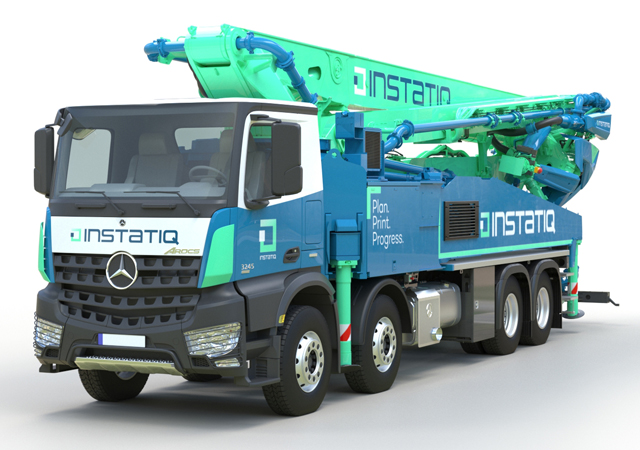
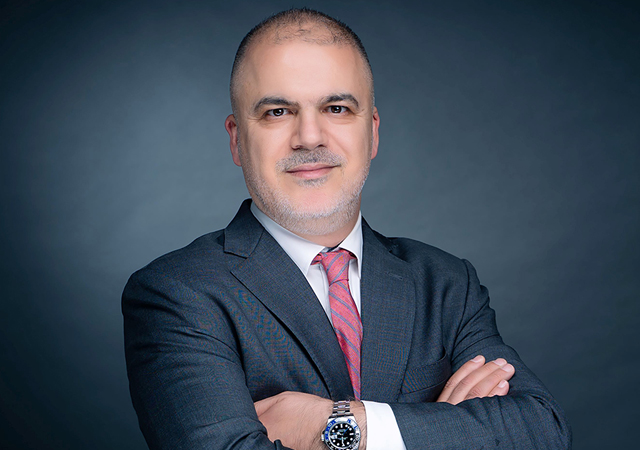
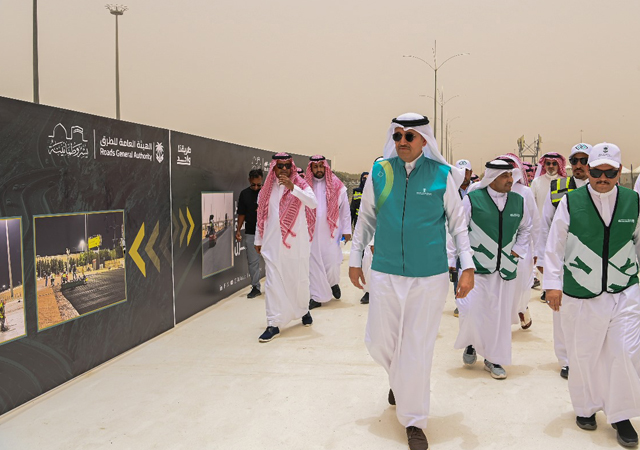
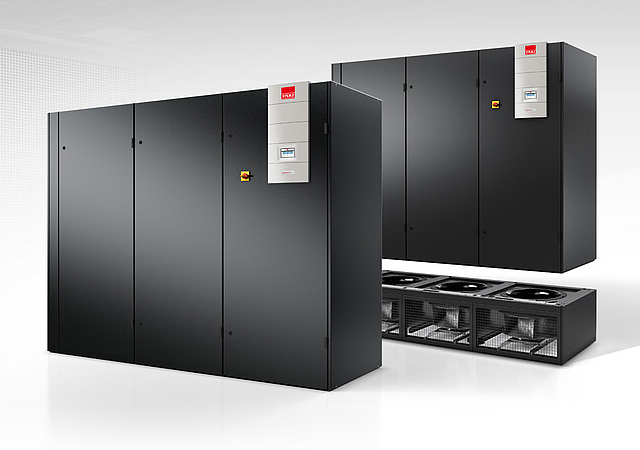
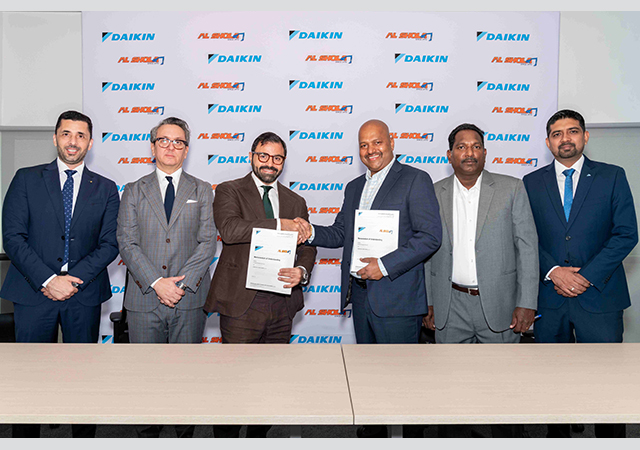

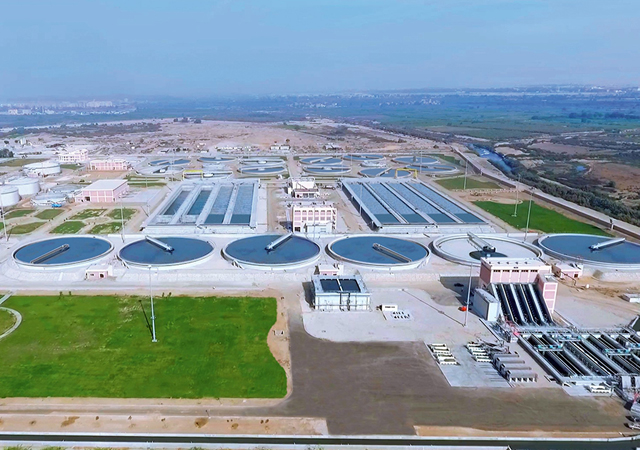
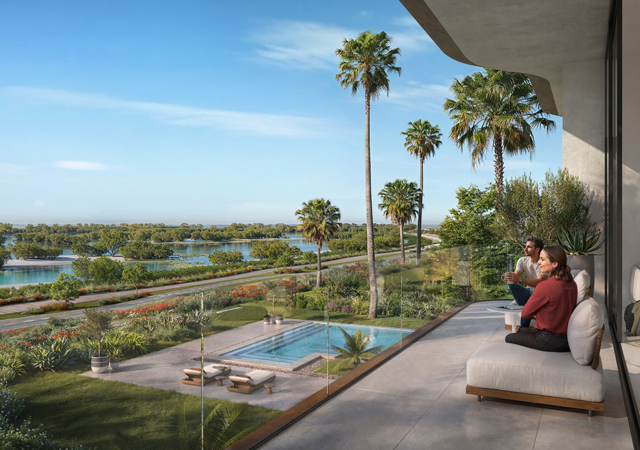
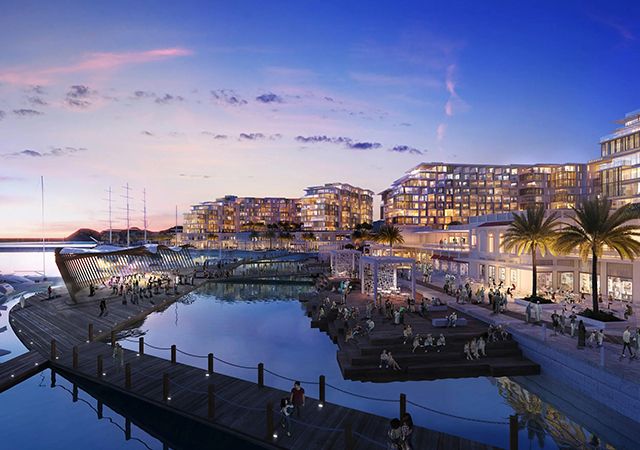

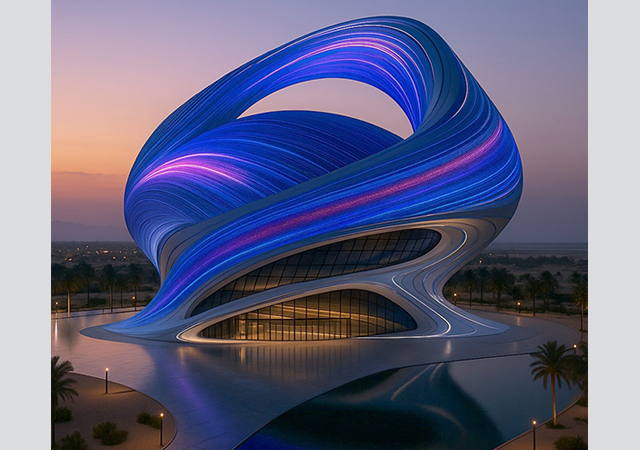
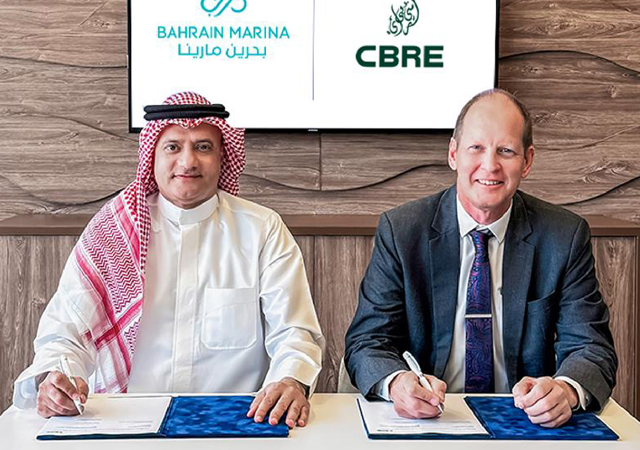
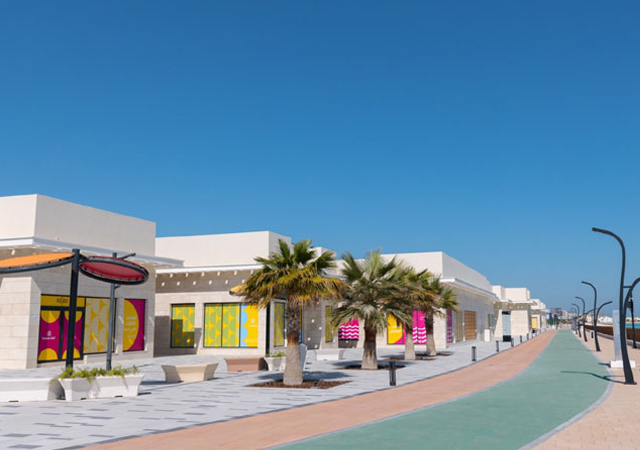
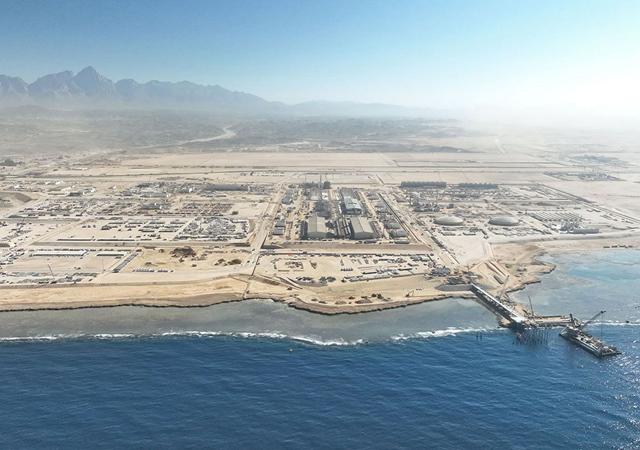
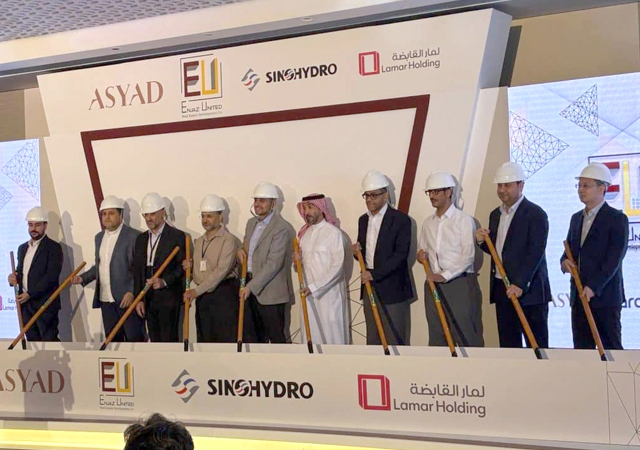
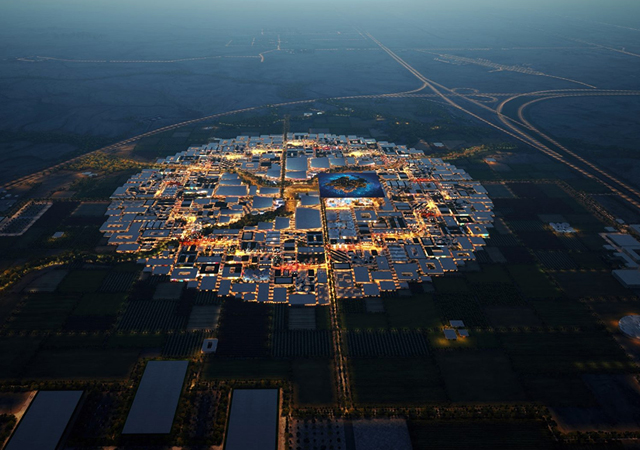
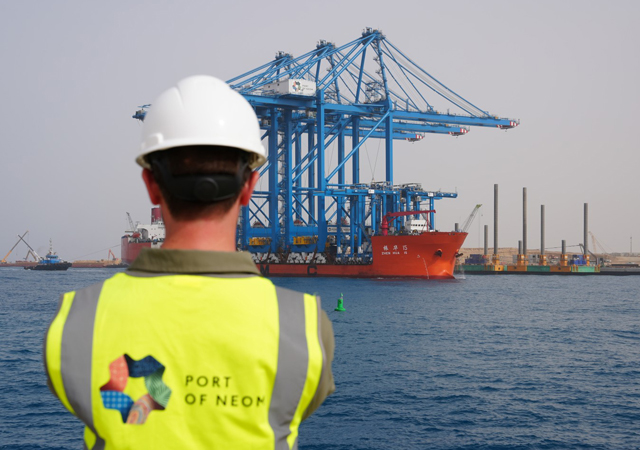
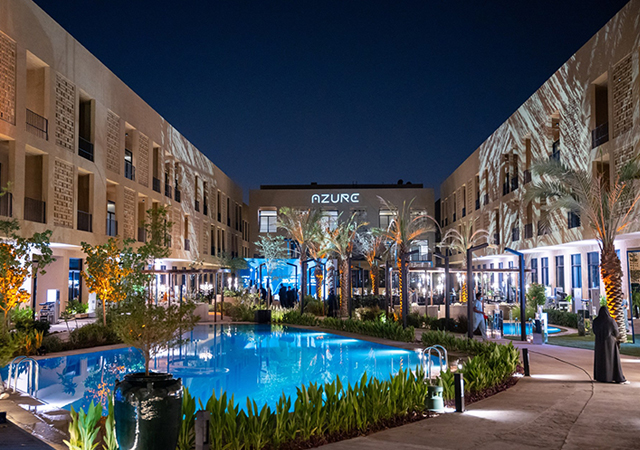
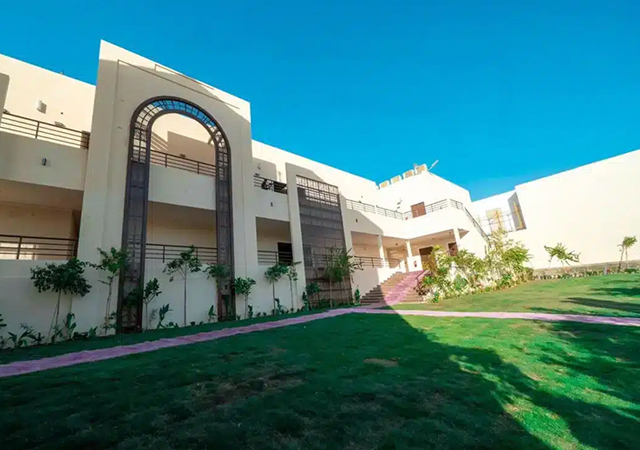

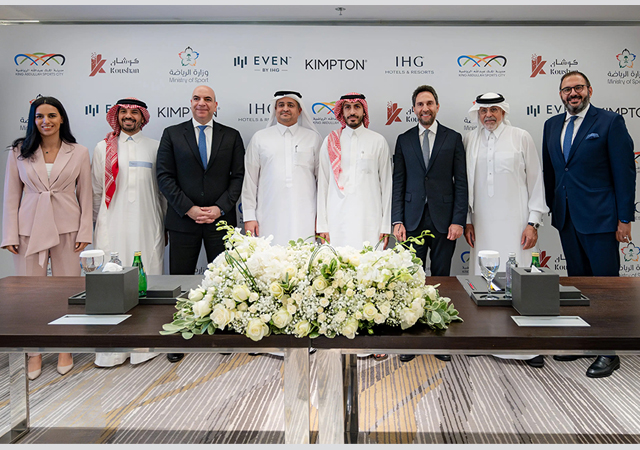
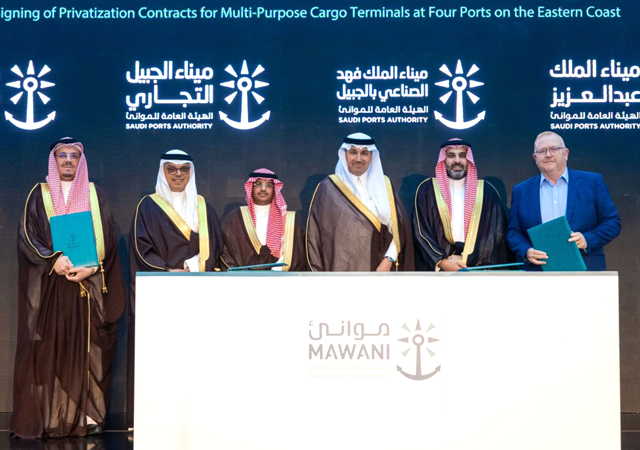
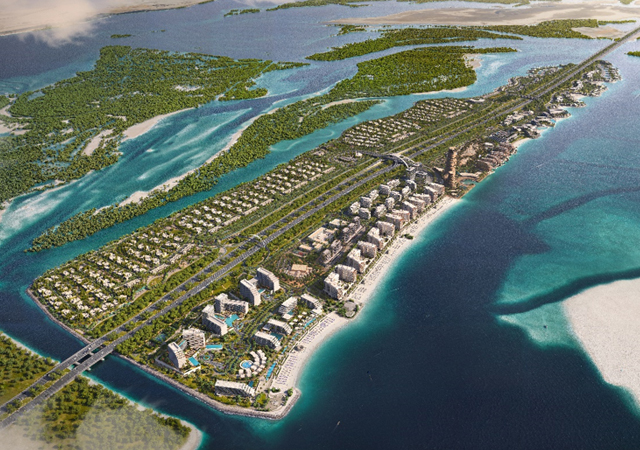
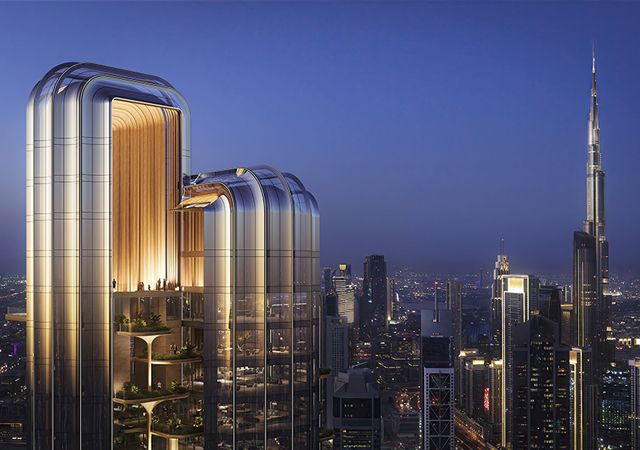
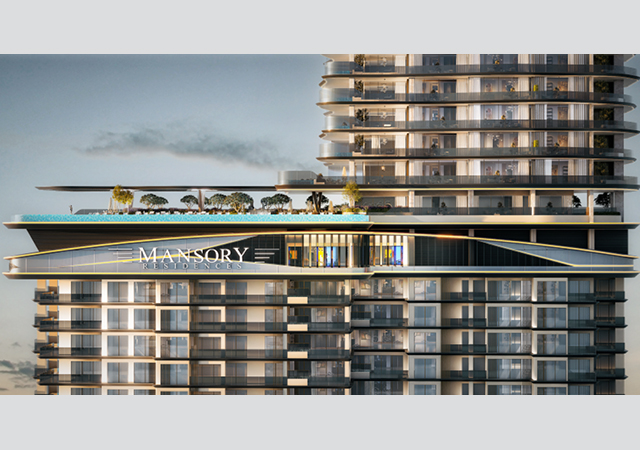
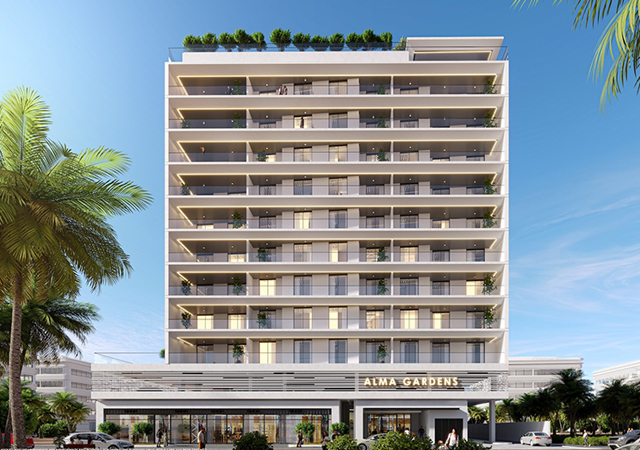

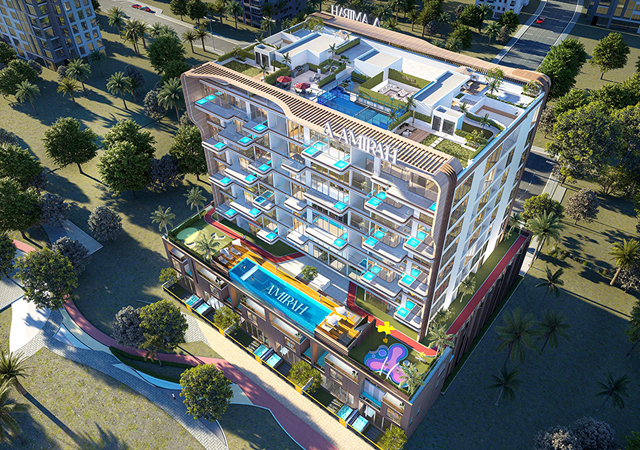
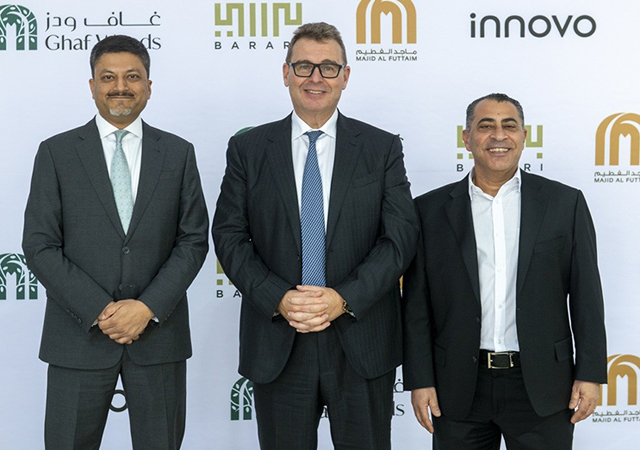
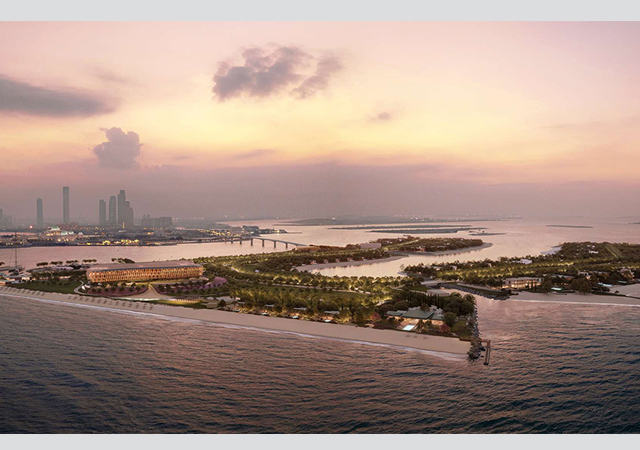
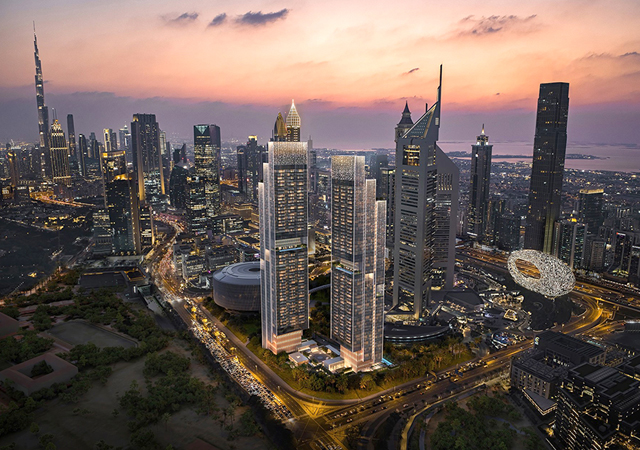
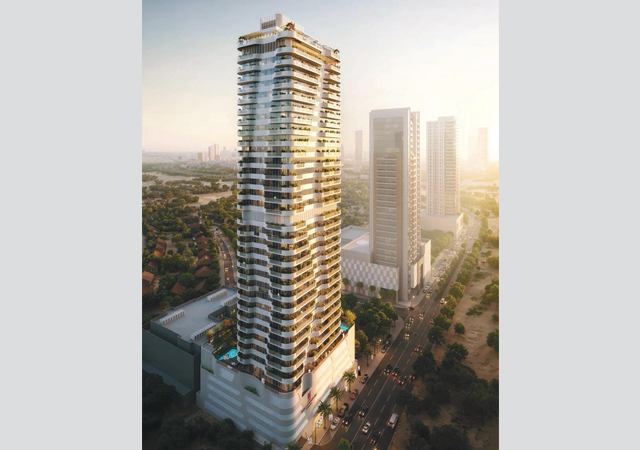
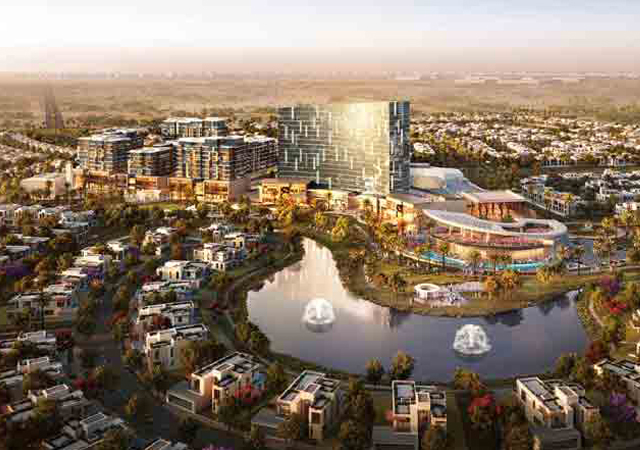
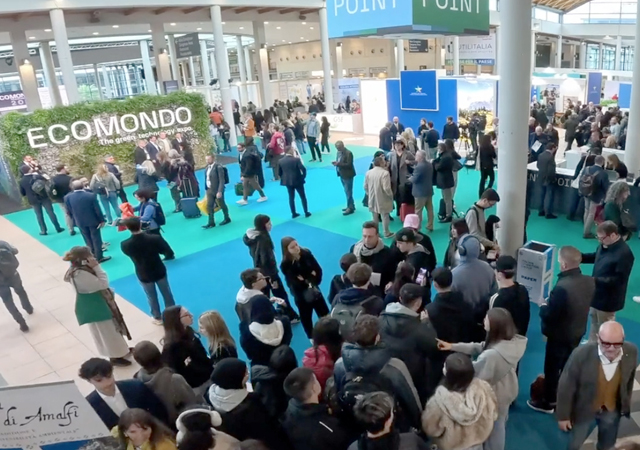
.jpg)










